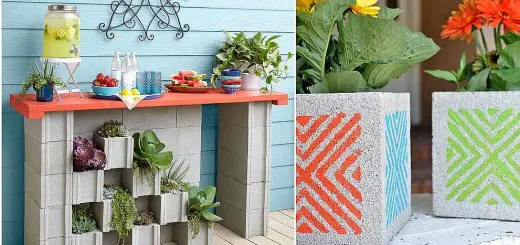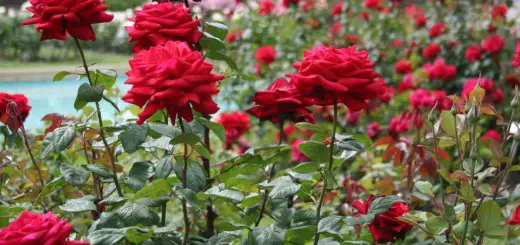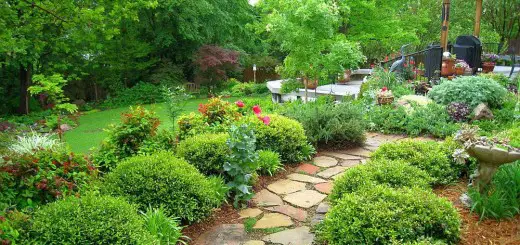Thuja Smaragd Growth Rate
We have often written about container gardening, probably the easiest way to stick to a hobby which breaks the alert rhythm of the day to day life. We have also touched upon the essential points in classic gardening, with practical tips for beginners and other useful recommendations. But we have not yet gone to the upper part of the garden, namely big ornamental plants. And once this discussion is started we should not ignore Thuja smaragd, or the emerald green cedar, a fast-growing evergreen tree of narrowly conical habit, with flat sprays of tiny, aromatic, scale-like leaves and small knobbly cones (smaragd means emerald in Danish).
Thuja is probably one of the most used big ornamental plant thanks to its tight pyramidal shape, but also for other functions it has: shade and intimacy, acting as a screen which shields us from inquisitive yes. The trees can be arranged as hedges or to create delimitation lines between different sections of the garden. It is popular because it retains its bright emerald green color throughout the year and has an attractive pattern to its branches. Emerald cedars have a naturally tight growing habit, so the only pruning required is to even up the top of the hedge.
It is a pest resistant plant that fits any climate. Emerald cedars thrive in full sun and in fertile, well-drained soil with summer watering for the first few seasons. In these conditions, Thuja smaragd growth rate is 8 to 12 inches a year. Then their growth slows dramatically at about 15 feet high by 4 feet wide. If the soil in your garden is not fertile enough, use compost or mulch.
The cedars need regular watering after being planted, two times a day in the first weeks and then once in a three days for about six months until the plant settle firmly in the ground. Do not allow a newly planted cedar to dry out completely as it may drop foliage and become bare and unattractive. A soaker hose and mulch are ideal for a new cedar hedge. Once established, cedars are drought tolerant.
It is recommended to set hedge plants 18 to 24 inches from center to center, depending on how large the plants are initially, to get that screen appearance. As plants are shaped somewhat like upside-down ice cream cones, the top of the hedge makes a zig-zag line until plants fill in completely. Even the tops of the plants as needed to get the linear visual effect.
Surse: Rhs.org.uk, Greatplantpicks.org


















